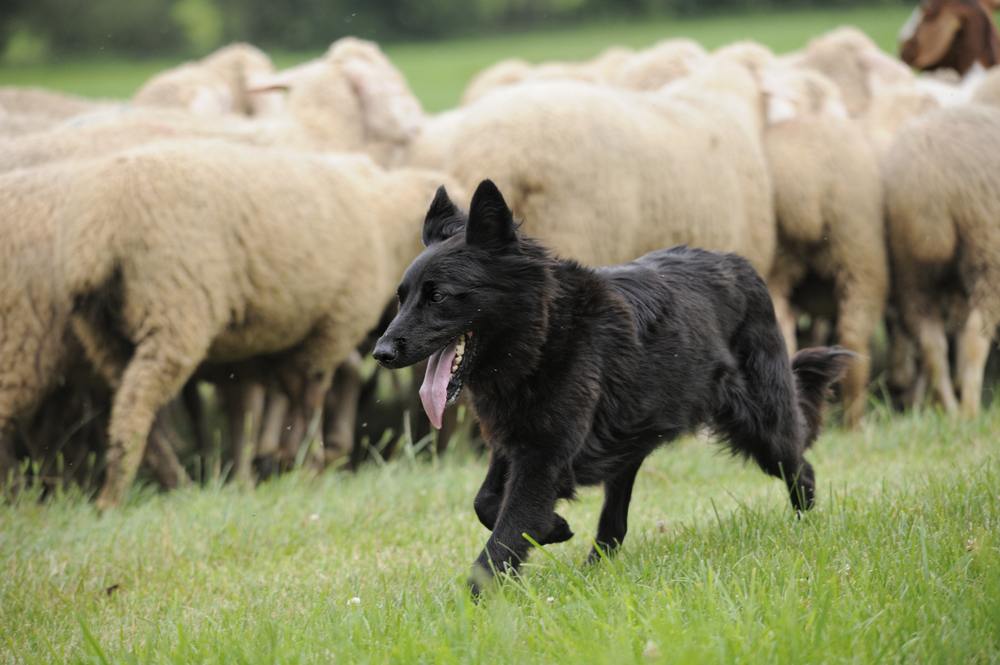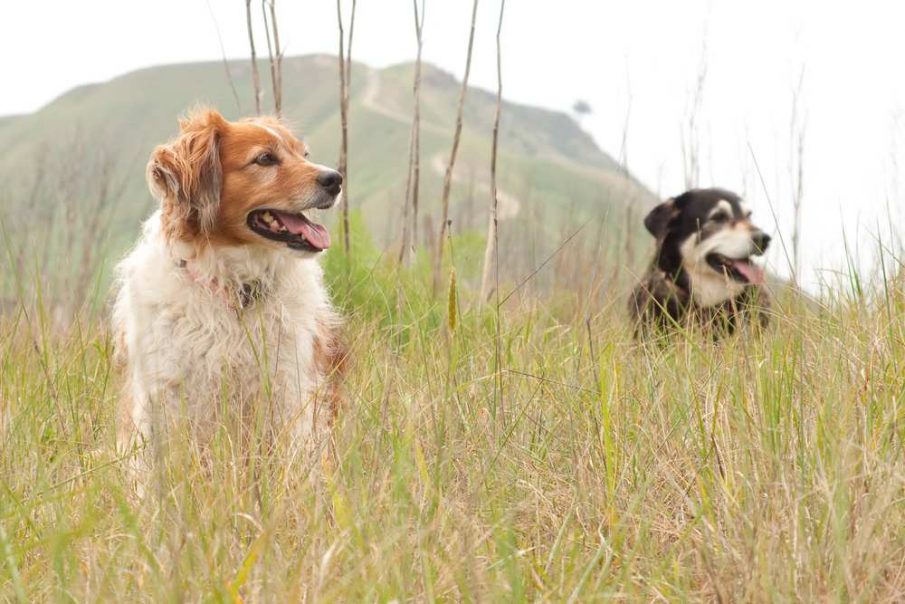There are no strict rules as to what constitutes working dog food compared to dog food for pets. This makes it easy for brands to deceivingly label food as ‘working’ dog food without there being a nutritional difference, there are a few ways to differentiate between the two. Working dog food brand Skinner’s are here to give you the downlow on understanding the difference and ensuring your dog is eating the right food.
First of all, it is important to go back to the basics. What exactly does it mean to be a working dog? The term ‘working group’ is attributed to a breed group classification used by The Kennel Club, which encompasses breeds who traditionally served the purpose of fulfilling roles, from military and police dogs to search-and-rescue dogs. There are also a number of other dogs that ‘work’ who do not fall under this category and have roles in areas such as herding and gun sports, that benefit from the extra boost that working dog food gives. Additionally, dogs who do not work in a ‘role’ but simply live a significantly active lifestyle need to adhere to a diet that reflects this.
Working dogs, as well as dogs who are more active in general, expend a lot more energy than the average dog, so consequently need to be fueled with a greater deal of energy than regular dog food provides, in the form of additional proteins and fats and higher calories. This is where working dog food comes in. The higher fat content in working dog food is key, as it not only provides a vital source of energy, but also prepares dogs for cold and wet weather conditions (which we are all too familiar with year-round in the UK), as stored fat can be a great insulator against the cold.
 High protein, as a secondary key component in working dog food, is important to ensure hard-working and highly-active dogs can repair and recover their muscles and have the energy to stay active. As well as this, a good supply of digestible, dietary protein can provide essential “building blocks” called amino acids which support normal functioning in the body.
High protein, as a secondary key component in working dog food, is important to ensure hard-working and highly-active dogs can repair and recover their muscles and have the energy to stay active. As well as this, a good supply of digestible, dietary protein can provide essential “building blocks” called amino acids which support normal functioning in the body.
Zoe Russell, Nutrition Officer for Skinner’s: “Dogs are preadapted to use fat as a source of energy and fat provides more than double the calories per gram compared to protein or carbohydrates. Therefore a good source of dietary fat is key for those hard-working dogs. Not only this, but a good source of digestible protein helps supports growth, repair and regeneration in the body, as well as provide a source of energy.”
Whilst all dogs need protein and fats in their diet, it is important to find the right working dog food for your dog that provides the correct amount of nutrients, as just like us, our canine counterparts all have varying requirements. Having spent 50 years fueling working dogs, Skinner’s are experts in understanding that different breeds have different needs, and have a smart food finder tool that can help you find the best working dog food for your dog.
The downlow on working dog food is, active dogs should be compared to active people, and just as those living more of an athletic lifestyle need a diet that supports this, dogs do too. This means ensuring they get sufficient calories and an adequate percentage of protein and fat in their food, and food catered specifically to working dogs is made with exactly that in mind.
Information provided by working dog food, brand, Skinners.






